
Uni Gardening Berlin: Season planning with Fryd
Laura and her fellow students at ,,Freie Universität Berlin'' have been gardening in their garden on campus since 2017. They launched the project as a practical counterbalance to the "cerebral" everyday life of studying and want to offer anyone interested the opportunity to simply try out how growing vegetables works. For them, the garden is also an expression of a deeper understanding of cooperation and a sustainable lifestyle. The open design of the project sometimes makes it difficult to keep track of things. To change this, we are supporting the FU Uni Gardening team this year with the Fryd bed planner. The first planning meeting is already behind them and we asked them about their project and how preparations for the season are going.
Jonas (Fryd Magazine): Your Uni Gardening project has been around since 2017, maybe you can summarize for our readers in two sentences what you're all about?"
Laura (Uni Gardening)
Sure. We are a community garden project at the Freie Universiät in Berlin that was founded because we wanted to garden together, but also have an environmental connection. We've been around for almost 3 years, we meet every week to garden and have a plenary session once a month. There we decide together what we want to plant, what capacities we have, whether we want to plan cultural events and so on, so it's all very grassroots democratic with us. For example, we recently had a winter festival in the garden. Because our garden is right next to the Student Committee building, we have the opportunity to use their infrastructure and organize an open-air cinema or something similar, for example. But there's a lot more potential than we've used so far.

And how did you come up with the idea of starting such a project?
That was more of a private process. At the time, I was in England for a semester, where university life is strongly influenced by so-called "societies", i.e. clubs. I was in the "Allotment Society" there, i.e. the garden club. They always held lots of political events, which I thought was super cool at the time and I think that's where most of my politicization took place. I just loved gardening together, no matter what the weather outside. I also met a friend there who was also doing a semester abroad, but actually came from the same university as me. After our return, we decided that we would like to have something similar in Berlin. That's how we came to found the Uni Gardening project, and we've been slowly growing ever since.
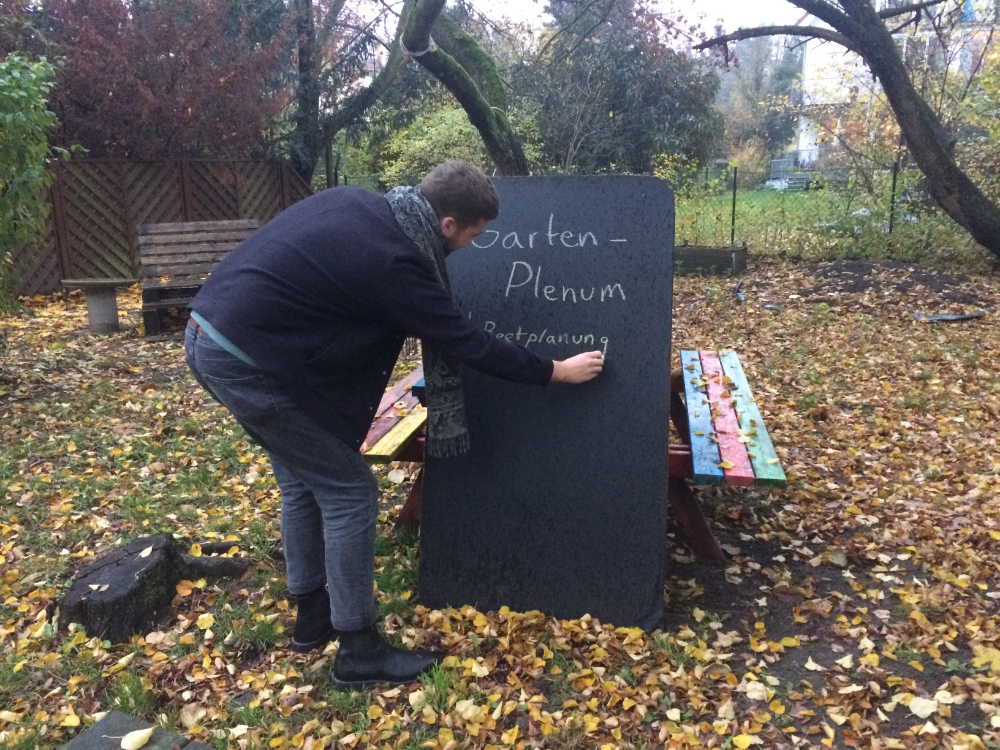
You've mentioned a political component several times now. What does politicization in the garden context mean to you?
I'd say we're a bit like the saying of the feminists of 1968: The private sphere is political. So the way we live and garden, interact with each other and provide for ourselves - even if the garden is unfortunately not quite enough for that yet - is an expression of a political understanding. That's why a few of us are also involved in solidarity farming, for example. It's supposedly private because it's not particularly effective in the public eye, but it's still somehow political. For us, it's simply about cooperation and growing and sharing food together - performance and growth don't really play a role here. We're also about to take part in an event on the climate emergency, where all university groups involved in climate policy can introduce themselves and network. The aim is to inform even more people about the need for radical climate protection and very specific opportunities to become active in climate policy at the FU.
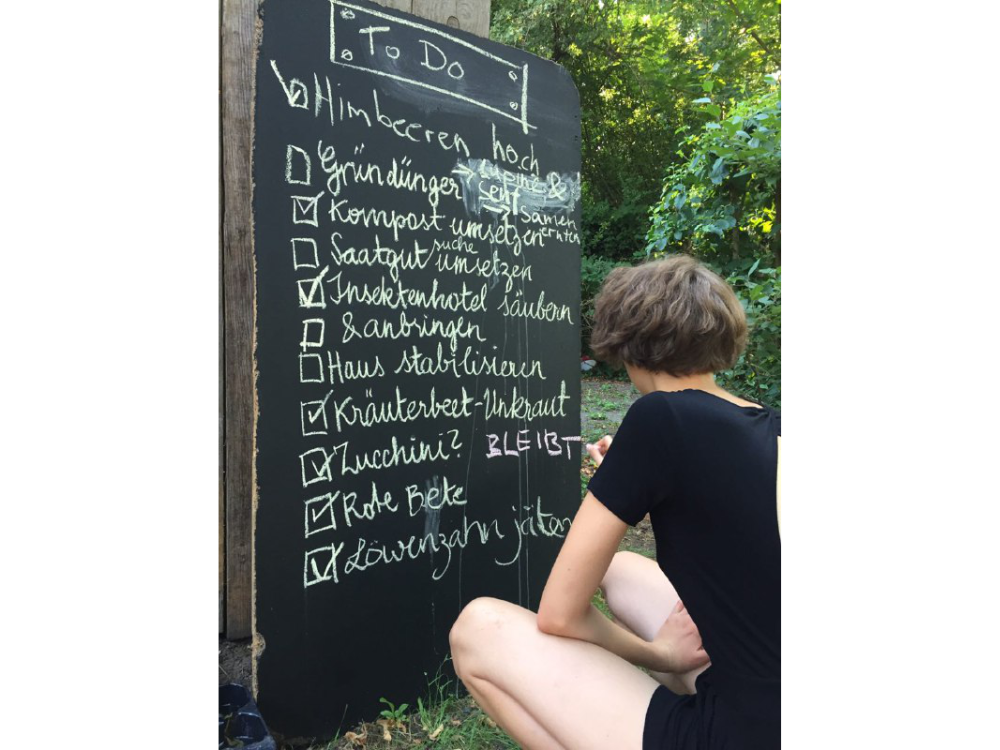
What have been your best experiences over the last three years?
We once received support from students at the Technical University of Berlin. As part of a university project, they planned a garden house made from old windows and lots of new flower beds for us. During a so-called "garden blitz", we then put the plans into practice together within a day. It was really cool because the garden suddenly looked really nice. Then we had a summer party, which was also really great because so many people came. And of course the experience of harvesting something from the garden for the first time and then cooking something delicious with it, that's just a great feeling.
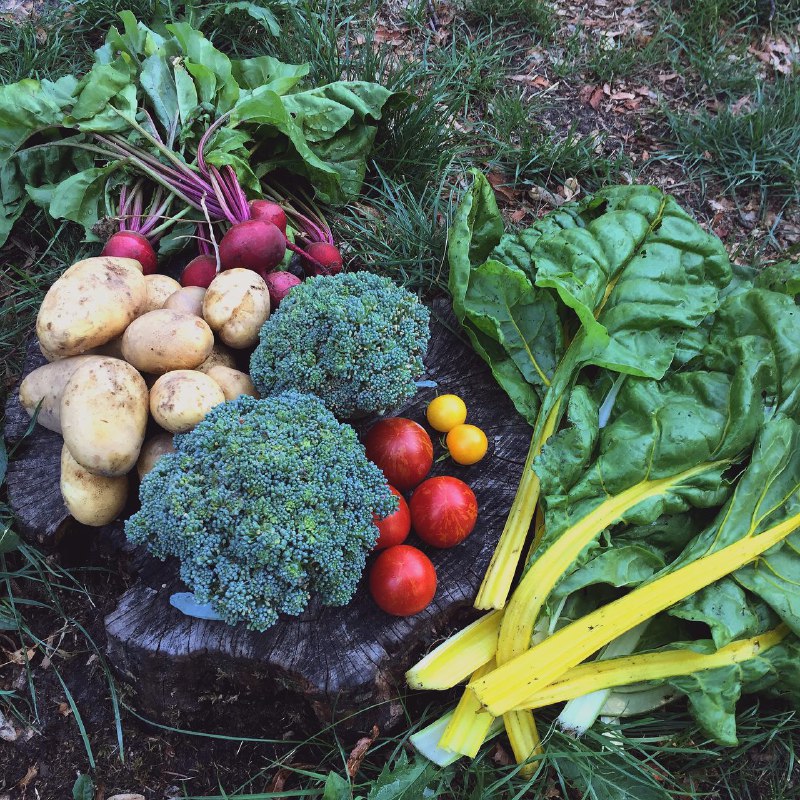
And where else did it hang, or what did you learn?
Our biggest problem is that there are still relatively few of us. In the past, there were sometimes only three of us to look after the garden. This is sometimes difficult at university because people are often away for longer periods of time, for internships or similar. It was sometimes a big challenge to coordinate who was going to water when and to keep track of what needed to be done with all the plants so that they would grow well. This semester, however, we have advertised at many first semester events and have therefore had a few more people.
I find it surprising that you don't have enough people. I would have thought that a project like this would be very popular in Berlin.
Yes, people are generally very open to such projects, but the problem is that there are so many other things. Most people who are interested in community gardens are often more interested in being part of a garden near their home and don't always want to travel to the university. Berlin is just quite big, I think that's why.
What has your bed planning process looked like so far?
Choose plants, buy seeds, sow. That's how it usually works for us. We've always paid attention to what are actually good and bad companions, but the sowing itself was usually pretty haphazard. Let's assume it's April. At our garden meeting, we look to see what's on the seed bags. We are usually lucky and there is a variety that can be grown in April according to the seed packet. But last year, for example, we completely missed out on early planting. Sometimes, we also come within a hair's breadth of the recommended time periods for sowing outdoors. Often this is not so much due to a lack of knowledge, but rather to, well, planning. The fact that the semester break is in February and March and therefore in the middle of the period for sowing many varieties doesn't help either. Luckily, there's always someone who can remember what we grew in the bed the previous year so that we can keep to a reasonable crop rotation. But we also always take photos and then mark with colors and the corresponding legend where what has grown. It's all been quite successful so far, but there's still room for improvement!
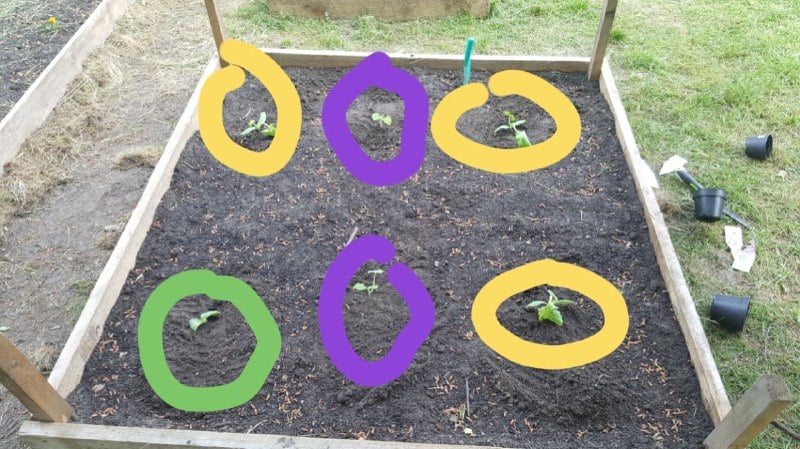
This time you used Fryd for the bed planning. What was the process like when you met to plan last week?
Our bed planning process with Fryd initially looked similar: What do we want to harvest? Where can we plant it? Where do we plant it? However, this time we looked directly in the app to see which varieties Fryd has in its database and then also discovered the information on good and bad companions there. We've always paid a bit of attention to which plants go together, but with Fryd we got the information much faster. Before we could start planning, we first had to measure the beds so that we could enter the values into the app. When it came to planning, it was easier and quicker to find out how many plants would fit in a bed, as the space required for each plant is stored in the Fryd database. We usually chose a main plant that we wanted to put in a particular bed, always taking into account what we had grown there before, of course. The fact that Fryd directly suggested the right plants for the site conditions for the beds was very practical!
In which steps of bed planning did you find Fryd particularly helpful?
We especially liked the space estimation of the plants and the display for good and bad companions! It also helped us to keep track of what is growing where, where beds are still available, etc. We hope that Fryd will then also be useful for further bed maintenance and remind us, for example, what we need to plant and when.
Then we wish you every success and look forward to seeing what happens next! Thanks for the interview!
News from Laura and the FU Uni Gardening project in Berlin will be available in spring when the first plants are in the bed. You can also check out the project's Instagram page at @unigarten_fu_asta.
To never miss an article again, follow us on Instagram and Facebook or sign up directly for our newsletter.
Fryd - With us you don't need green fingers!

Jonas
Jonas studied agricultural biology. He discovered his passion for plants and gardening through an internship at a permaculture NGO. Since then, he has been gardening on his balcony and in community gardens.
Learn MoreCurrent Topics in the Community

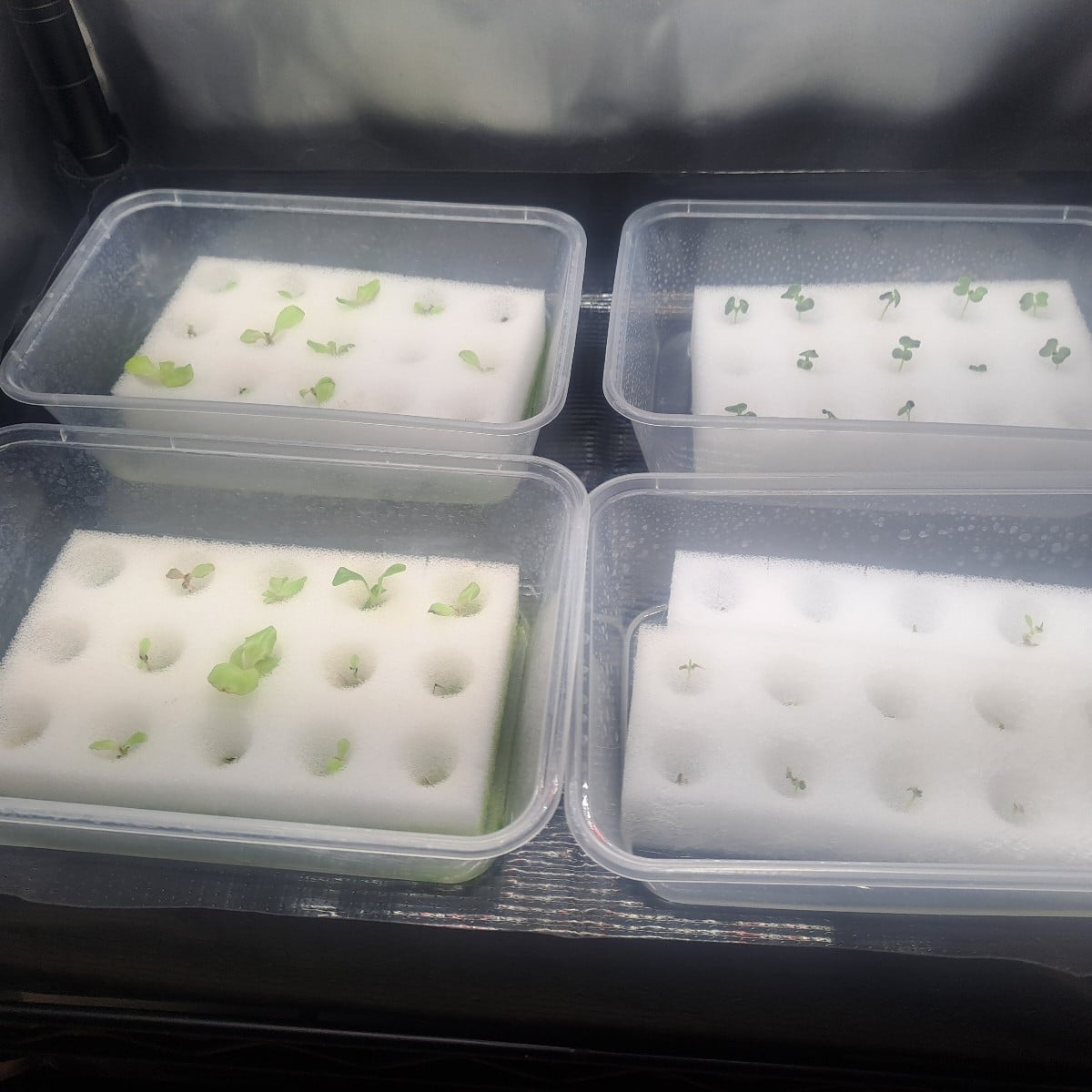
Liked 4 times
My young plants for my hydroponic tower have been growing for 2 weeks now. A few more days and then they will move on to the next growth phase. #hydroponic #lettuce #pakchoi

Liked 6 times
Wishing everyone here a healthy new year with best wishes from Lake Wörthersee in Carinthia
Show 1 answer
Liked 1 times
Rhubarb and cabbage are supposed to work quite well as a mixed crop. My idea now is to also look for a perennial cabbage (I have to fertilize the rhubarb generously anyway, so the cabbage would go well with it). I would prefer some kind of sprouted cabbage. Do you have any ideas or is it not recommended anyway based on your experience?
Show 4 answersPopular Articles

Overwintering Parsley: How to Do It Successfully

How to Grow Lettuce in Winter: Varieties, Sowing, Harvesting

Growing Sage Plant: Tips for Sowing and Harvesting

What Herbs Can Be Planted Together?

Create & Design a Permaculture Garden

Overwintering Plants: Tubs, Pots and Raised Beds

Pruning, Fertilizing & Propagating Currants: Care Tips

Pruning Raspberries: How to Do It

Vegetable Garden With Greenhouse: How to Use Greenhouse Effect

Winterizing Beds and the Garden: How to Do It